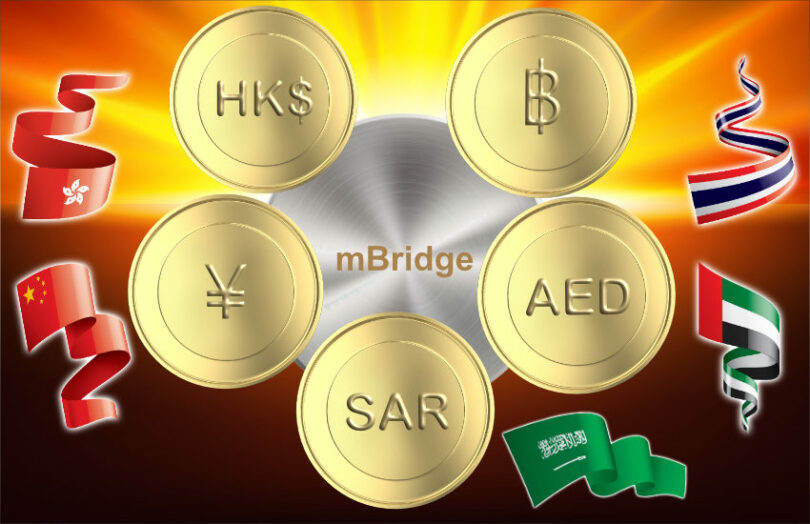Today it was announced that the mBridge cross border central bank digital currency (CBDC) project has entered the minimum viable product (MVP) stage, the earliest production phase. mBridge is an initiative between the Bank for International Settlements (BIS) Innovation Hub and the central banks of China, Hong Kong, Thailand and the UAE. Additionally, the Central Bank of Saudi Arabia has become the fifth central bank member, with another 26 observers.
The initiative uses tokenized wholesale CBDCs for each currency, enabling atomic cross border settlement. As a potential alternative to the Swift payment messaging system, mBrige supports faster cross-border payments, which are hopefully cheaper.
With the launch of the MVP stage, the members are looking to add new technologies and use cases, including making it interoperable with other platforms. Hence the BIS is inviting participation from private sector firms.
Article continues …

Want the full story? Pro subscribers get complete articles, exclusive industry analysis, and early access to legislative updates that keep you ahead of the competition. Join the professionals who are choosing deeper insights over surface level news.






